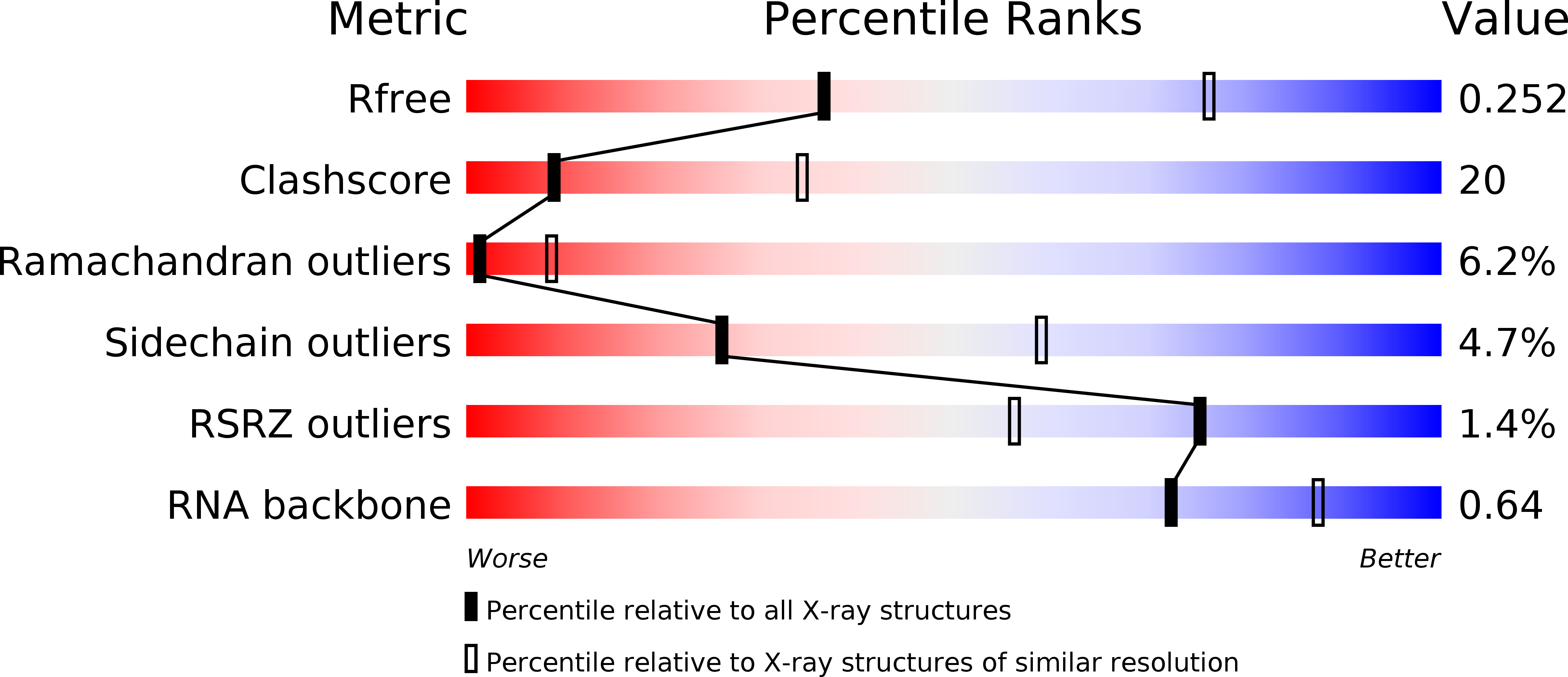
Deposition Date
2003-09-04
Release Date
2003-11-20
Last Version Date
2024-05-08
Entry Detail
PDB ID:
1UN6
Keywords:
Title:
THE CRYSTAL STRUCTURE OF A ZINC FINGER - RNA COMPLEX REVEALS TWO MODES OF MOLECULAR RECOGNITION
Biological Source:
Source Organism:
XENOPUS LAEVIS (Taxon ID: 8355)
Host Organism:
Method Details:
Experimental Method:
Resolution:
3.10 Å
R-Value Free:
0.25
R-Value Work:
0.21
R-Value Observed:
0.21
Space Group:
C 1 2 1


